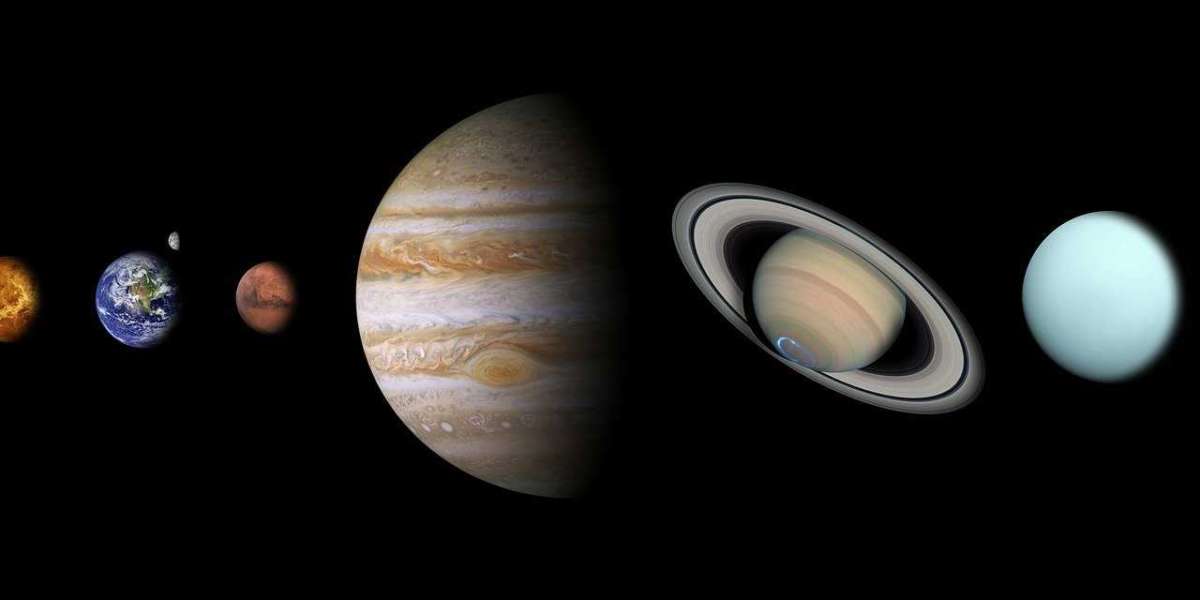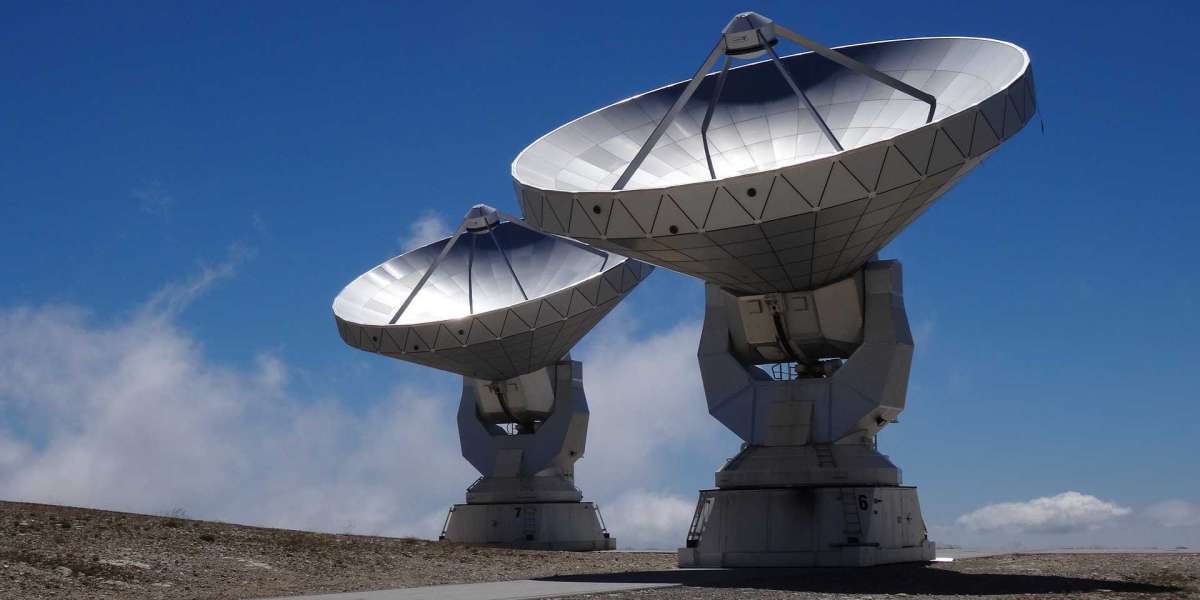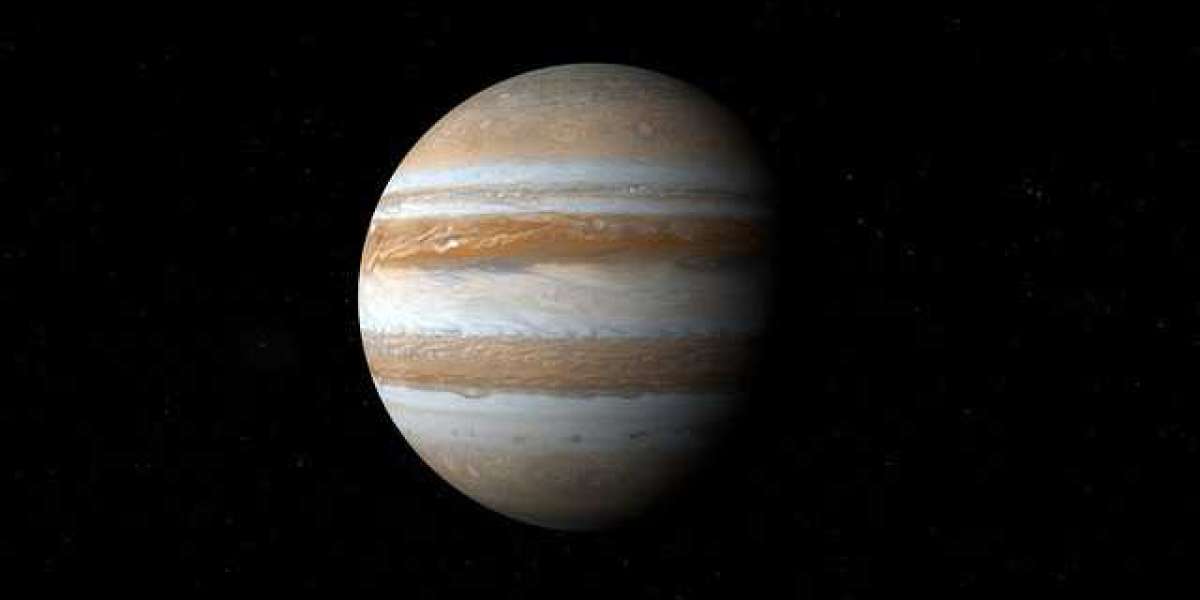They came from the same mother, a cloud of gas and cosmic dust primarily consisted of hydrogen and helium, with less than 2% of total mass in the form of additional elements such as oxygen, silicon, aluminum, or carbon. Elements that, on the other hand, abundant in the stones we see around us, with hydrogen and helium accounting for fewer than 0.2 percent of their atoms. The cloud started out with a density of only a few thousand particles per cubic centimeter, trillions of times less dense than the air in our atmosphere, tens of times the extent of the Solar System from Neptune to Earth, and tens of times the mass of Earth. Nonetheless, in just a few tens or at most a hundred million years, the cloud grew to produce a star and multiple planets. Several worlds were established at a time similar to that of our planet's whales. We know of eight planets in our Solar System today; there were or are undoubtedly more, but that's a different tale.
They had multiple supernovae as godmothers, all of which were undoubtedly born from the same mother, pushing a portion of the original cloud, assisting in compressing it in these areas and beginning the process of increasing density in a specific location, right here, via gravity. More and more material was dropping to construct our Solar System. We know about the supernovae that influenced our birth because they left us with uncommon elements, many of which are radioactive, and unusual mixes that don't mix well with the most abundant elements on our planets. But that's an other story.
They also had a father, a protoplanetary disk, which was regulated by a star in development, a protostar that would become the Sun, whose temperature was rising until it reached millions of degrees in its core, a few thousand on its surface, and was able to keep the surrounding area warm. Temperatures were above 0 degrees Celsius until a distance not far beyond Mars' orbit. The gas, which accounted for 98 percent of the initial cloud's mass, was too hot to condense at that temperature. Although no hydrogen or helium droplets formed, silicate dust particles grew larger and larger as iron, magnesium, nickel, or oxygen oxidized these metals, among other elements, were added. Collisions between cosmic rocks, increasingly larger planetesimals, which were also hotter in their cores, above 1000 K, which we have learned is the melting point of many rocks in recent months, caused the heavier elements to sink and the planets to take on quasi-spherical shapes, caused the mixture to cool, but it was also heated by collisions between cosmic rocks, increasingly larger planetesimals, which were also hotter in their cores, above 1000 K, which caused the heavier elements to sink and But that's an other story.
They had cousins who lived far away but with whom they may have played tag or thrown stones and snowballs when they were younger. Indeed, without Jupiter, we might not have today's water. Possibly they were closer to the Sun at one point because of Jupiter, or perhaps they developed slightly further away than what we observe today, but not by much; they are rocky planets after all, and the temperature of the area where they formed could not have been very low. If the distances to the Sun were not always the same, Venus may not have received much more solar radiation than the one that reaches Earth today, or Mars may have received more, despite the fact that both are capable of hosting liquid water. But those are different tales.
Because of their common ancestors, their atmospheres must have been very similar early in their evolution. They were so hot that no gas could be retained by the gravity of each planet, and it fled into space, so the parent cloud's massive volumes of hydrogen or helium never made it into a substantial atmosphere. That was the case for planets like Jupiter and Saturn, which have primary atmospheres and were able to expand much larger due to the abundance of hydrogen and helium. The planets nearest to the Sun produced gases that formed secondary atmospheres as they gradually cooled on the outside while remaining heated on the inside. The same composition of the three planets implied that their atmospheres were formed from a mixture of gases commonly emitted by volcanoes: water, carbon and sulfur dioxide, or methane. In reality, the Earth's atmosphere around the transition between the Archean and Proterozoic Eons, when it was less than half the age of today, was expected to be rich in sulfuric acid clouds similar to those found on Venus today. There are other stories there that explain why our air is made up of "nitrogen, oxygen, and argon," as Mecano sung.
This brings us to the end of our discussion. Venus, Earth, and Mars are three sister planets with a shared genesis, making them rocky, terrestrial, or inner planets. Their internal makeup is similar, with iron, magnesium, silicon, and oxygen dominating... They did, however, begin to separate their fates at some time. Their atmospheres are vastly different now, possibly due to other significant changes such as their distance from the Sun, the presence of a strong or nearly non-existent magnetic field, various rotation periods, or more or less massive or nonexistent satellites. The truth is that only one came to evolve to give birth to something that we can't stop thinking of as unique since we've never seen it before: life. Why did you choose Earth? Was it something I was intended to do? Do you want to keep life or do you want to keep it? Did life exist on the other stony planets? Is there something that swung the scales in favor of uninhabitable planets vs planets brimming with life? Is it possible that it was a combination of factors? Is there a complex set of circumstances that must come together in a planetary system for life to emerge? What are the chances of that happening in your life? Is the cosmos large and old enough that it is impossible that there is no life outside our planet, no matter how remote the possibility? Those are other stories, the majority of which were never written or even imagined.



